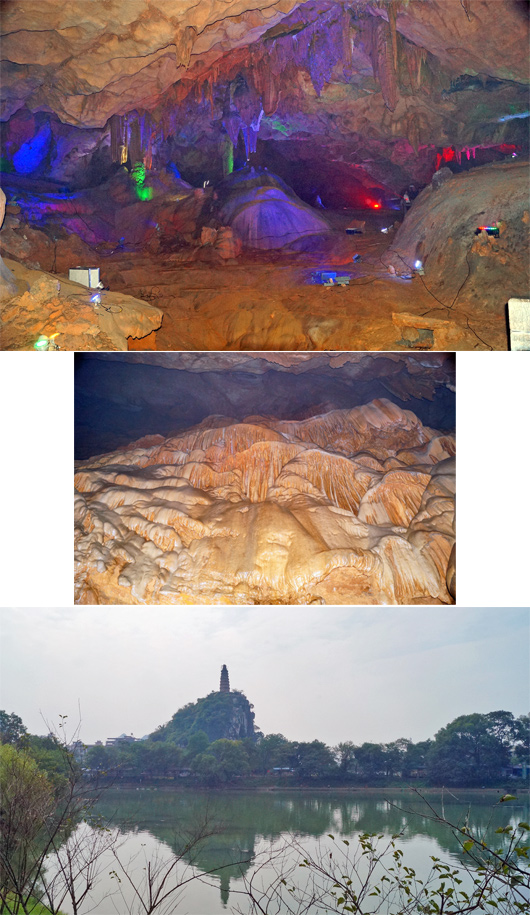社会と情報 56: 戦った報道 13
< 1. Asahi
Shimbun >
< 1. 朝日新聞 >
I again examine the background that Japanese newspapers
changed.
前回に続いて新聞が転向した背景を考えます。
< 2. Circulation
of prewar newspaper. By Mainichi Shimbun HP >
< 2. 戦前の新聞発行部数。毎日新聞HPより >
Once, how did Japanese newspaper progress together with war?
The circulation of three newspapers increased at each
outbreak of war as this graph shows, and the newspaper achieved better
performance by approving of the war (continent invasion was a national
interest).
The oppression of government toward newspapers became
severer depending on the size and antiauthoritarianism of it, but adversely,
the achievements became bigger due to cooperating with the government.
The reason why a newspaper cooperates with the government is
complicated, but this is big, too.
日本の新聞は戦争と共に・・・
グラフが示すように戦争勃発の度に新聞の発行部数が伸び、新聞は戦争(大陸侵攻と言う国益)に賛同することで業績を上げた。
また反権力の大新聞ほど政府の締め付けは厳しかったが、逆に政府に協力することの利得は大きかった。
新聞が政府に積極的に協力して行く理由は複雑だが、これも大きい。
< 3. In 1937, Asahi Shimbun set a new record for a
flight between London and Tokyo
>
< 3. 1937年、朝日新聞が東京ロンドン間飛行で新記録樹立 >
The upper graph shows a strange phenomenon.
Asahi Shimbun (red line) got ahead of Mainichi Shimbun and
increased achievements threefold.
In 1937, Asahi Shimbun participated in a military periodic
airline that linked Fukuoka to Shanghai in China, and topped other newspapers
in information acquisition of battlefront.
上のグラフから奇妙な現象が見えてくる。
朝日は毎日を抜き、業績を3倍に伸ばしている。
1937年、朝日は中国上海と福岡を結ぶ軍事定期航空に積極的に参加し、戦地情報入手でトップに立った。
On the other hand, Yomiuri Shimbun (black line) increased
achievements 19 times during the same period.
This seems to begin when Shoriki Matsutaro of former police
official became the president of Yomiuri Shimbun that had gotten into financial
trouble in 1924.
He not only had business talent, but also was near a center
of the government, and assumed an important post of the Imperial Aid
Association in 1940 at the year before the Pacific War outbreak.
一方読売は、同一期間に19倍に業績を伸ばしている。
これは1924年、元警察官僚の正力松太郎が経営難に陥った読売の社長になったことに始まる。
彼は商才もあったが政府中枢に近く、太平洋戦争勃発の前年1940年には大政翼賛会総務に就任している。
< 4. The Imperial Aid Association >
< 4. 大政翼賛会 >
War coverage and achievements
I look at two war coverages of Liutiaohu Incident in 1931
that were published by two companies that would become to differ in the
achievements in future. [Note 1]
Mainichi Shimbun carried this news “United States, responses
to Manchurian Incident” with a headline in 5 days after the incident.
“Japanese side
insists that China soldier fired a shot first, but this doesn't correspond with
the information that entered the U.S. Government.
There is much evidence that Japan forces performed by basing
a careful program."
This was a New York special dispatch, and "a prejudice of American reporter"
was added beside the headline small.
Under the oppression in those days, even this article might
be the most resistance to tell people the truth.
戦争報道と業績
業績に差が出た2社の報道を1931年の柳条湖事件で見ます。注釈1
毎日新聞が事件の5日後に「満州事変、米国への反響」という見出しで、
「日本側は支那兵が最初に発砲したと主張しているが、米国政府に入った情報と符合しない。日本軍の行動は事前の慎重なる計画のもとに行われたという多くの証拠があるとのことである」
というニューヨーク特電を掲載し、見出しの脇に小さく「米国記者の偏見」と書き添えている。
当時の弾圧の下で、これが国民に真実を知らせる為のせめてもの抵抗だったのだろう。
Yomiuri Shimbun carried this news “It isn’t absurdity that we
protect our established interest that we have acquired the hard way for a few
decades” with a big headline in 10 days after the incident.
It was added to the headline that “a guide of Manchurian
Incident” and “defend our lifeline to the death”.
I summarize the article.
* Asian countries
should prevent this violent wind of Russian eastward in cooperation.
* Therefore, our
country fought the Russo-Japanese War in Manchurian, and lost 200,000
casualties and 80 percent of national expenditure.
* China forces not
only didn't cooperate with defense to Russia, but also attacked our military.
Thus, our military pursued the China forces of more than 10,000 soldiers and
swept it away.
It is easy to imagine that people of that time had great
sympathy for this article.
Thus, there were differences among the attitudes of each
newspaper, but all came to cooperate with the war after all.
読売新聞は事件の10日後に「忍苦数十年のわが既得権益・擁護するのに何の不条理がある!!」と大きな見出しをつけ、上段半面を使って「満州事変への手引き」と表題をつけ、「我が生命線を死守せよ」と書き添えている。
記事を要約すると
ロシアの東漸政策をアジア諸国は協力して阻止すべきである。
その為に我が国は満州で日露戦争を戦い、20万人の死傷者と国費8割を費やした。
支那軍は対露防衛に協力しないばかりか柳条湖で我が軍を攻撃した。よって我が軍は1万を超える支那軍を追撃し一掃した。
これが当時の国民に最も共感を呼んだことは想像に難くない。
こうして、各新聞は温度差こそあるが戦争に加担していくことになった。
Adding one word for honor of the mediaperson, after this, it
doesn't mean that all cooperated with the war.
Some local newspapers, famous editors, reporters had
struggled for telling the truth.
But, unfortunately they did not come to change the
situation.
報道人の名誉の為に一言添えると、この後、すべて戦争に加担したのではなく、地方紙や名物編集者、記者などが真実を伝えようと苦闘していた。
しかし、残念ながら状況を変えるには至らなかった。
What is important?
Even in many commonwealths of modern times and the present
day, the people often went out of control without understanding the fact of the
war.
There always were a situation that the information was
disturbed, and strong force to foment war.
I chase such situation of Japan between middle of 1920s and the
early 1930s.
This continues next time.
何が重要なのか
近現代の民主国家においても、国民は戦争の内実がわからず暴走することが多い。
そこには情報が撹乱され、戦争へと扇動する力が働いている。
日本のそのような変化を1920年中頃から1930年代初めに追います。
実は、そこには多くの戦史に共通するメカニズム(戦争の罠)があった。
次回に続きます。
[Note
1]































